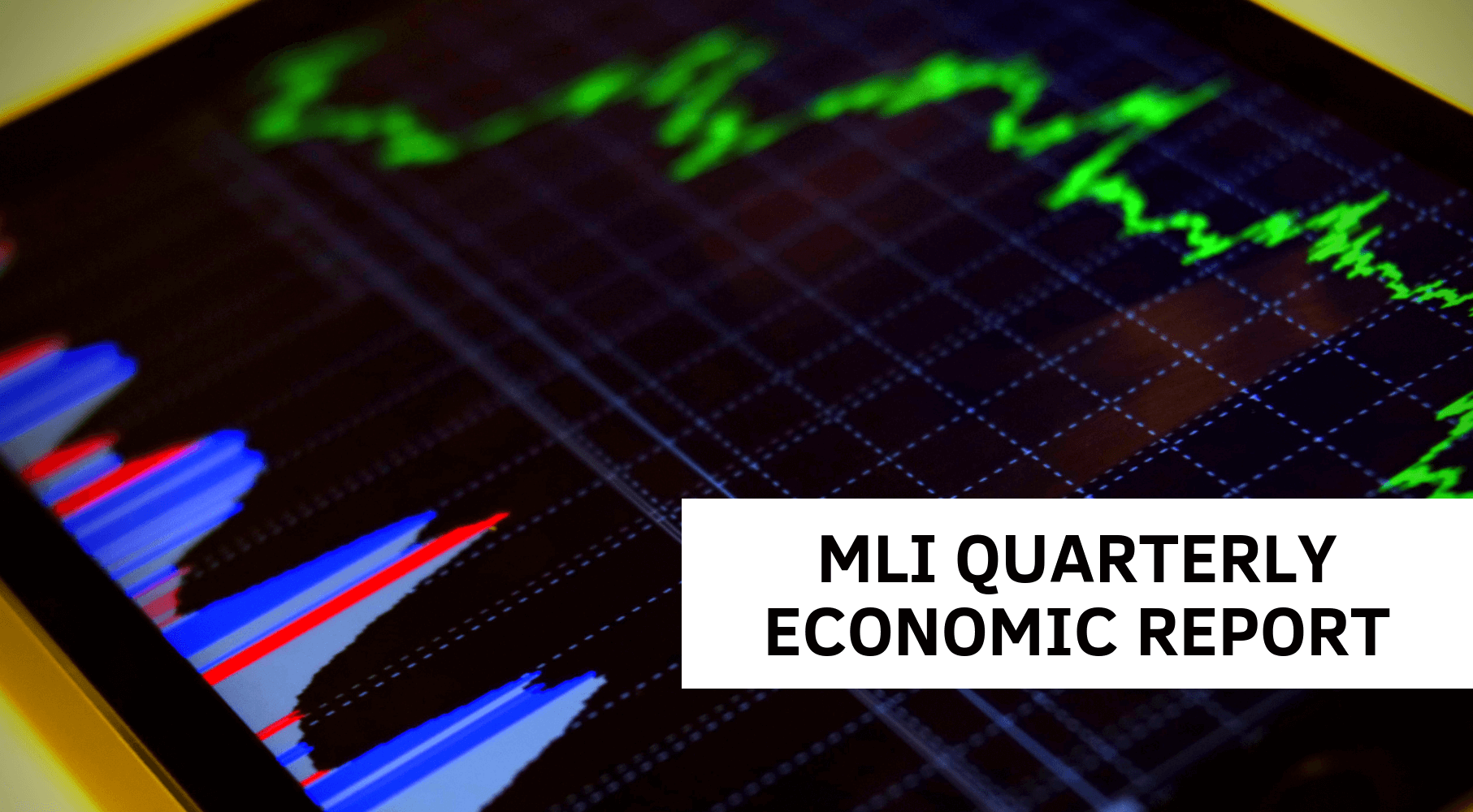 OTTAWA, ON (April 3, 2019): For Canada, the end of 2018 saw a worse economic slowdown than 2015’s near-recession. While weakness is prevalent throughout the Canadian economy as growth grinds to an abrupt halt, employment remains stable and strong.
OTTAWA, ON (April 3, 2019): For Canada, the end of 2018 saw a worse economic slowdown than 2015’s near-recession. While weakness is prevalent throughout the Canadian economy as growth grinds to an abrupt halt, employment remains stable and strong.
What exactly is going on?
In MLI’s latest Quarterly Economic Report, Munk Senior Fellow Philip Cross explains what is ailing Canada’s economy; namely, a poor climate for business investment and stubbornly weak exports despite a low Canadian dollar. In previous months, Canada’s economy had been buoyed by a red-hot housing market, but now it seems that deeper structural issues are present.
According to Cross, “slower growth in 2018 reflects how the economy failed to make the transition from growth fuelled by debt-financed increases in household and government spending to growth led by business investment and exports.”
Through the fourth quarter of 2018, GDP growth squeaked by at a meager rate of 0.1 percent, and incomes earned by Canadians actually dropped. Worryingly, it does not appear as though this trend is set to improve any time soon.
“The outlook in Canada is for continued slow growth at best into 2019, according to the Macdonald-Laurier Institute’s leading economic indicator (LEI). The LEI levelled off in January after three consecutive monthly declines… components related to manufacturing demand and consumer confidence showed no improvement early in the new year.”
Since March of 2018, the LEI has consistently indicated sluggishness, weakness, and decline in the Canadian economy. Furthermore, this trend is not localized to Canada, with the European Union experiencing similarly poor growth. This raises the spectre of broader issues facing the global economy, apart from the United States which is increasingly becoming an outlier.
And yet, many analysts have been slow to appreciate the degree to which many Western economies are faltering, in large part due to generally positive employment numbers. While there could be any number of reasons why GDP growth and the labour market are out of sync with one another, the upshot remains the same: the economy is running on fumes.
“Whatever the reasons for steady employment, households are taking their cue for spending from their incomes and not job growth,” Cross explains. “Over the last four quarters, disposable incomes rose by 2.2 percent, barely keeping up with inflation.”
“As a result, consumer spending slowed in 2018 and housing demand fell outright.”
To learn more, read Cross’ full quarterly economic report, Canadian Economy is Running on Fumes as its Serious Slowdown Continues.
***
Philip Cross is a Munk Senior Fellow at the Macdonald-Laurier Institute. Prior to joining MLI, Mr. Cross spent 36 years at Statistics Canada specializing in macroeconomics. He was appointed Chief Economic Analyst in 2008 and was responsible for ensuring quality and coherency of all major economic statistics.
Cross’s Quarterly Economic Reports provide analysis of the latest economic data and results of the Macdonald-Laurier Institute’s Leading Economic Indicator, designed to signal an upcoming turn in the business cycle, either from growth to recession or from recession to recovery, six months in advance.
For more information please contact:
Brett Byers-Lane
Communications and Digital Media Manager
613-482-8327 x105
brett.byers-lane@macdonaldlaurier.ca




